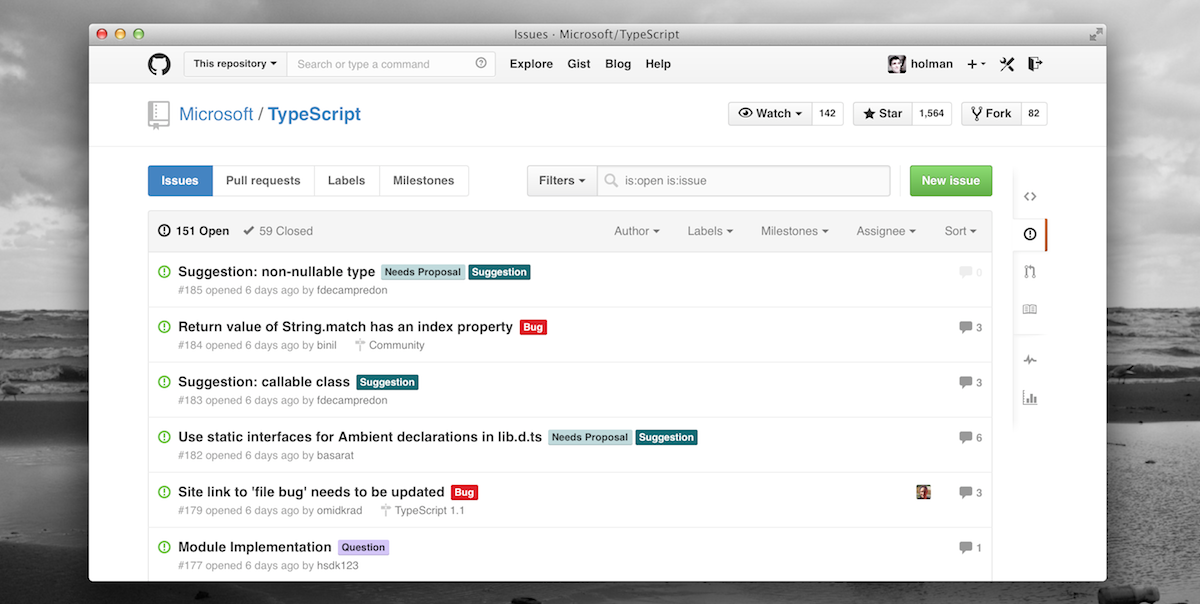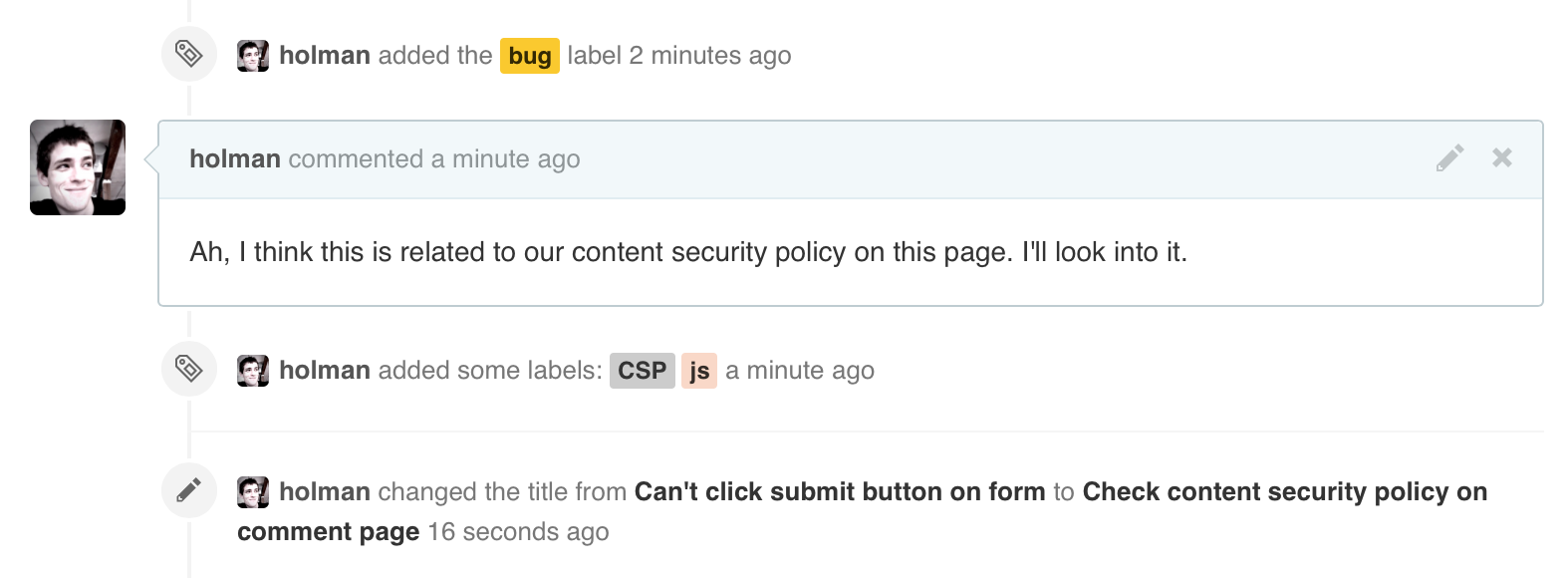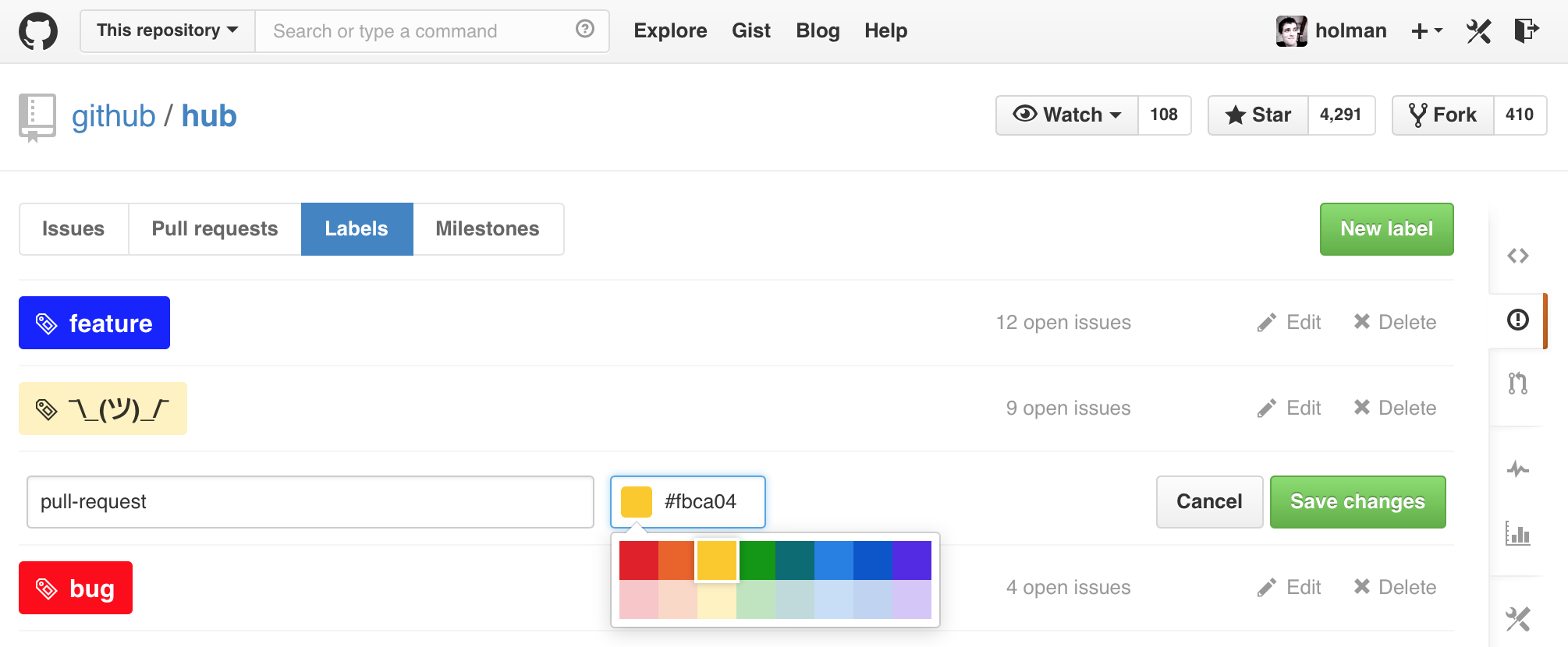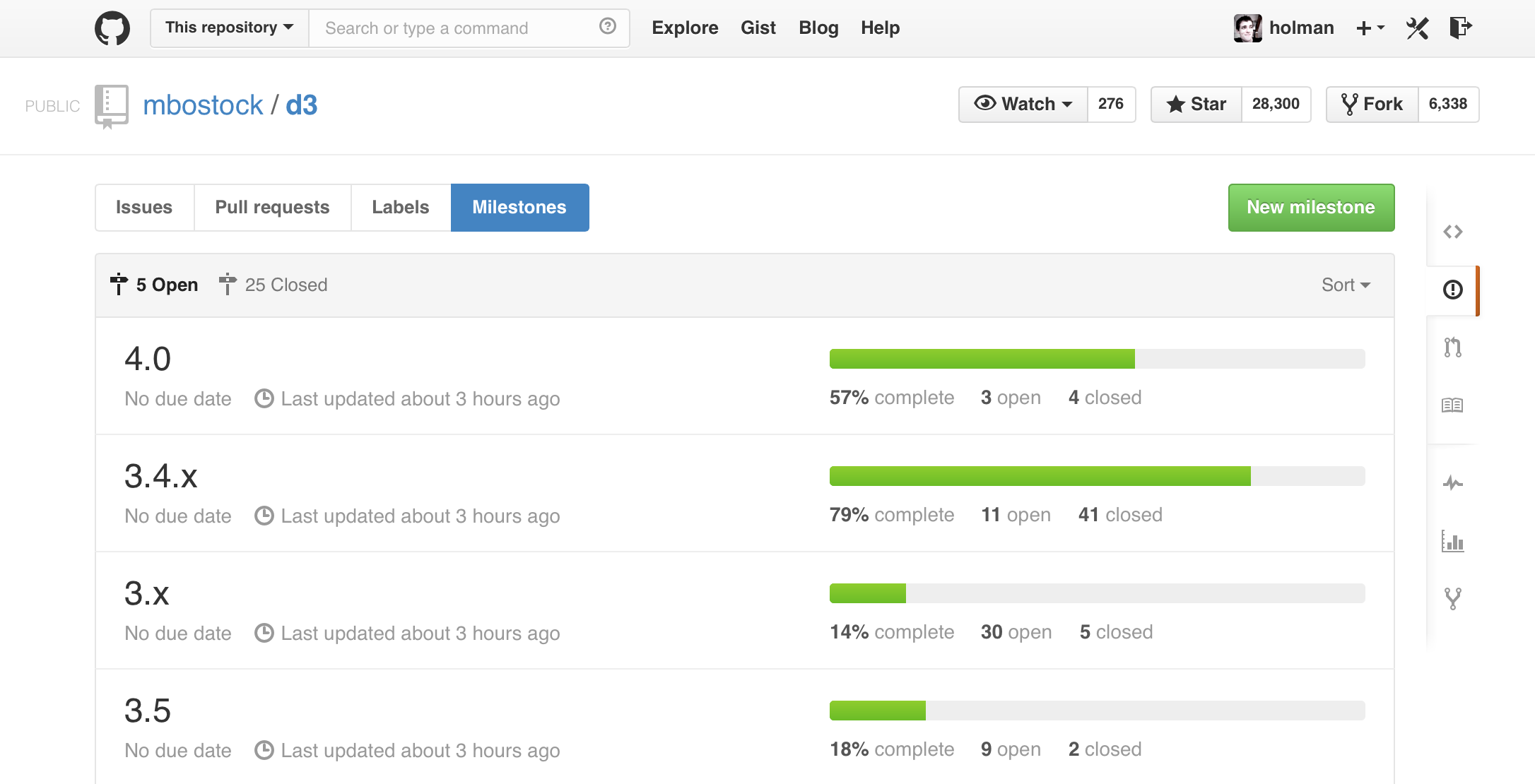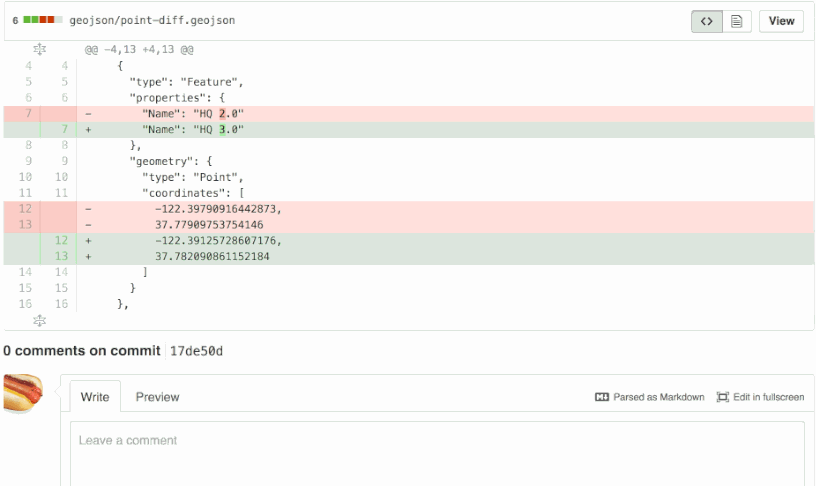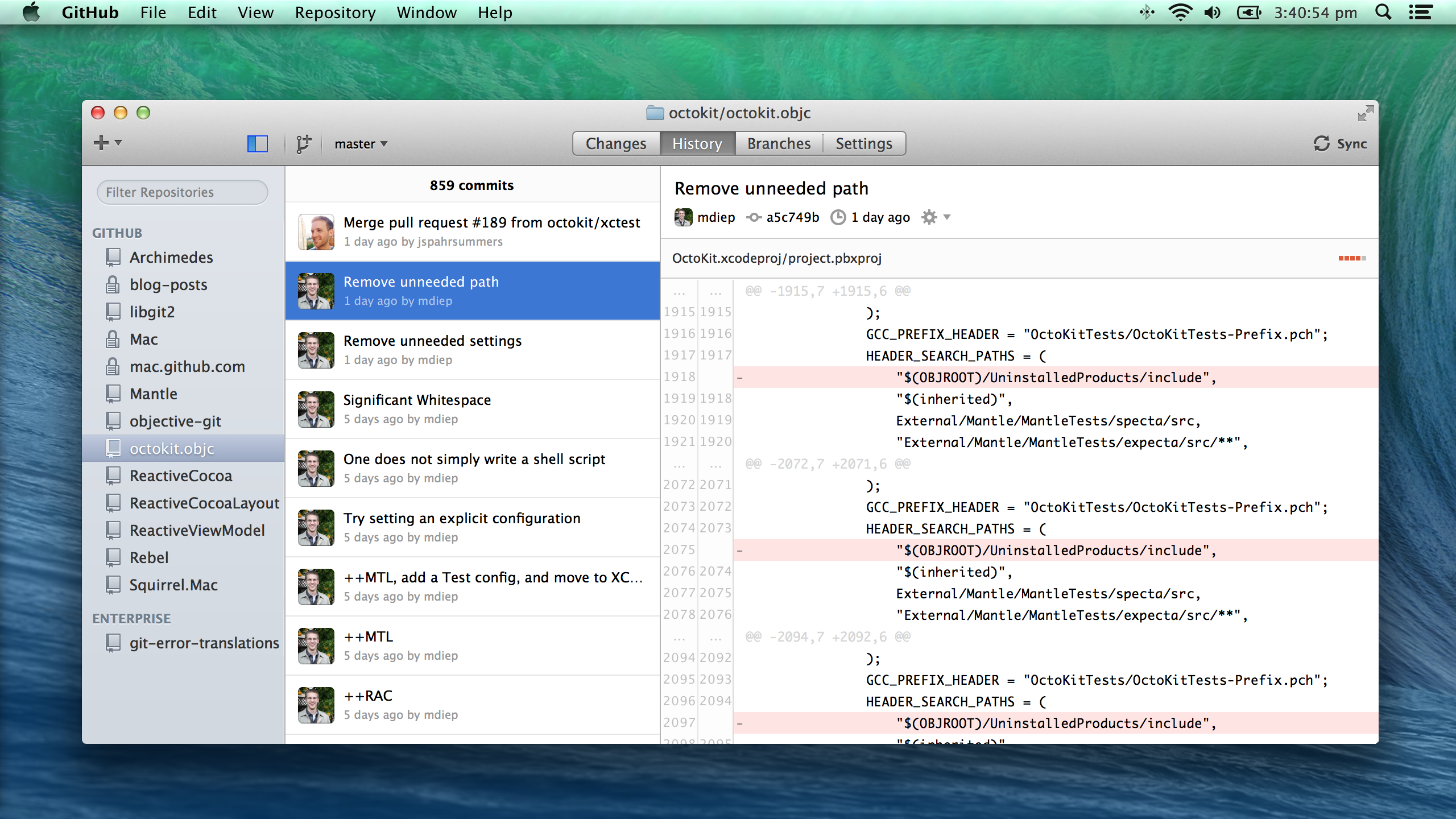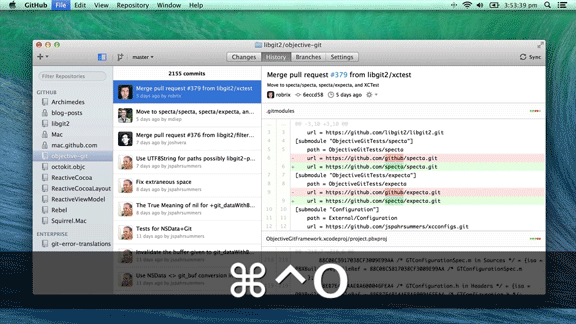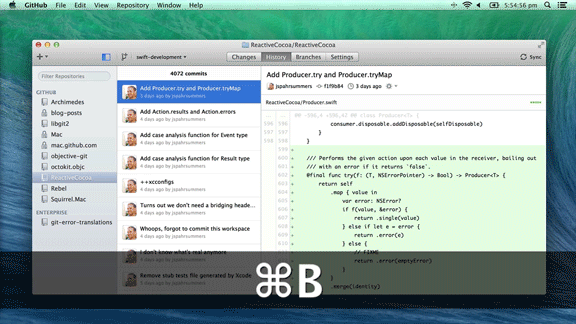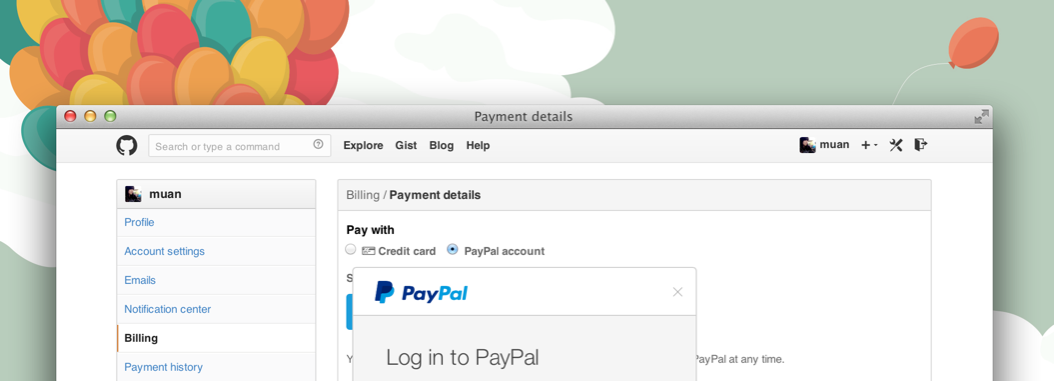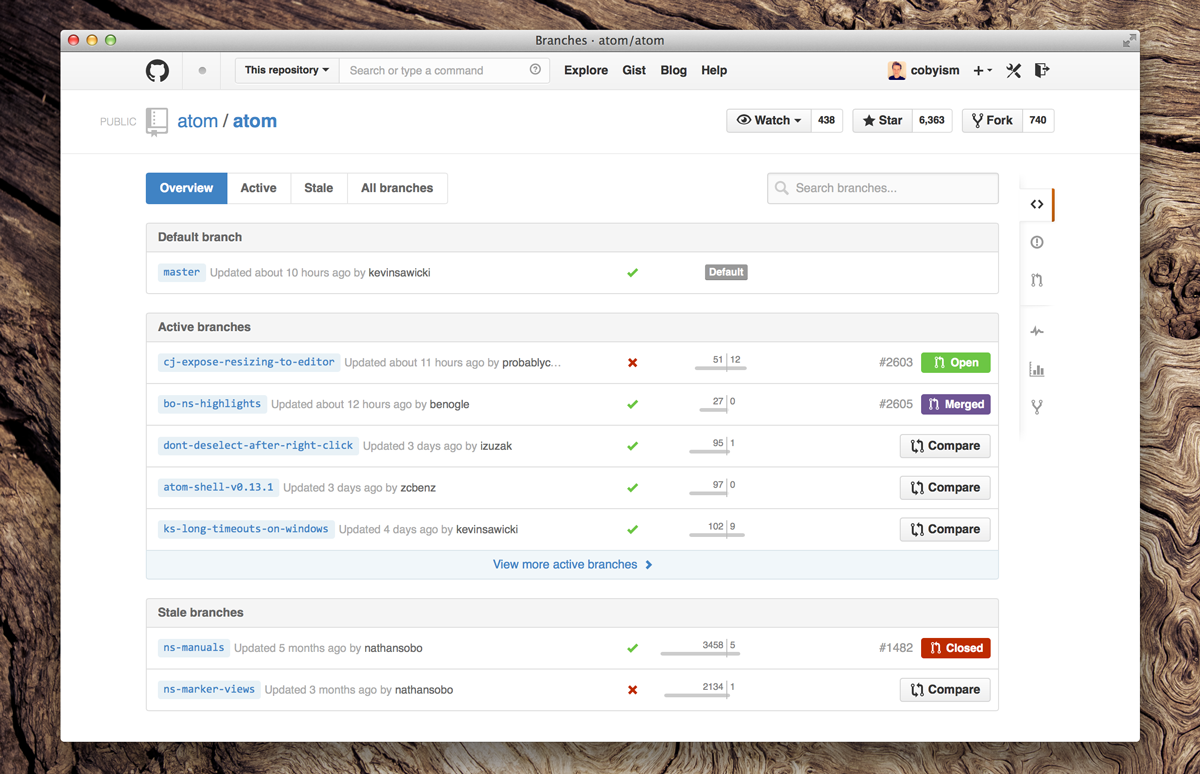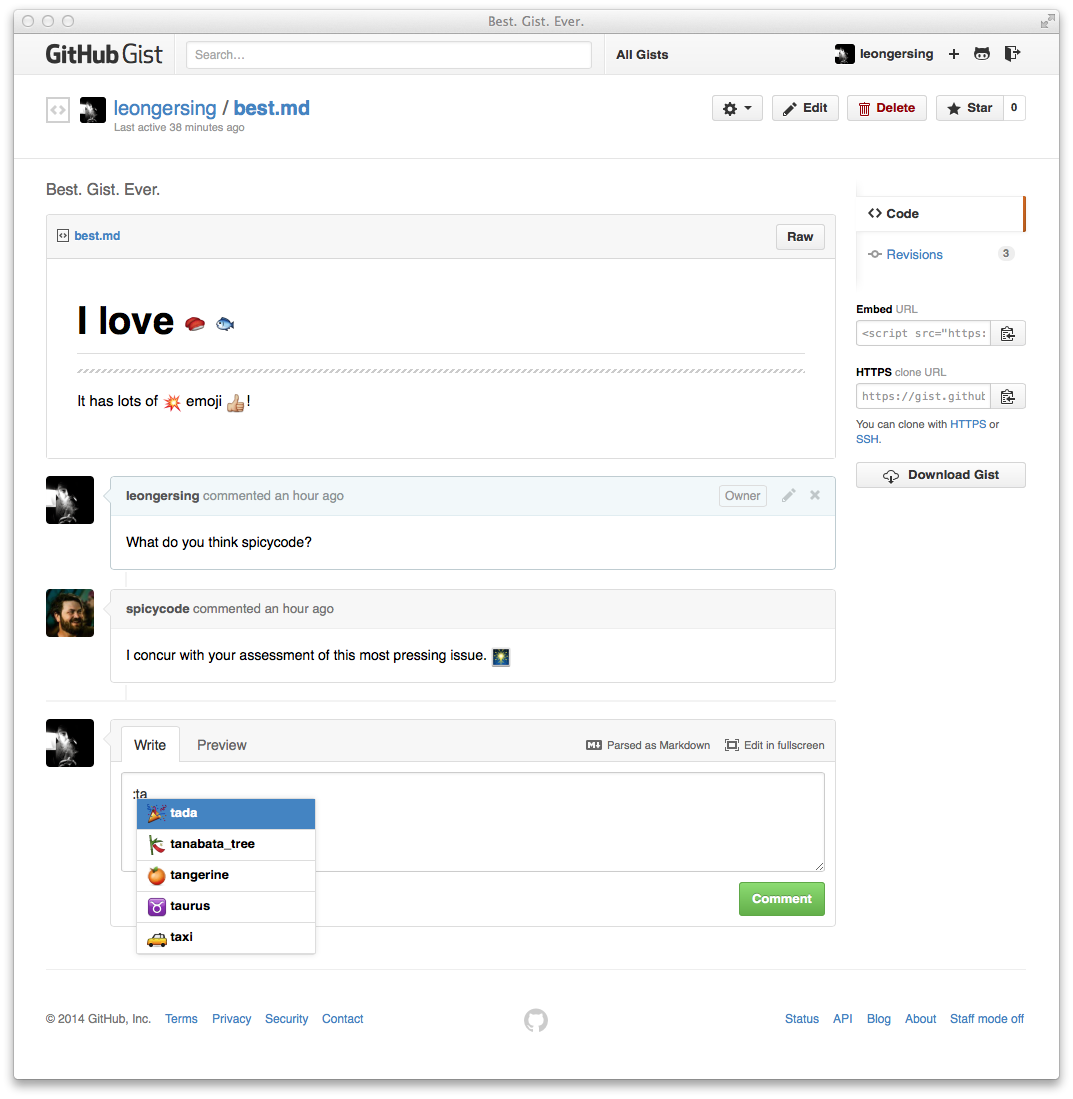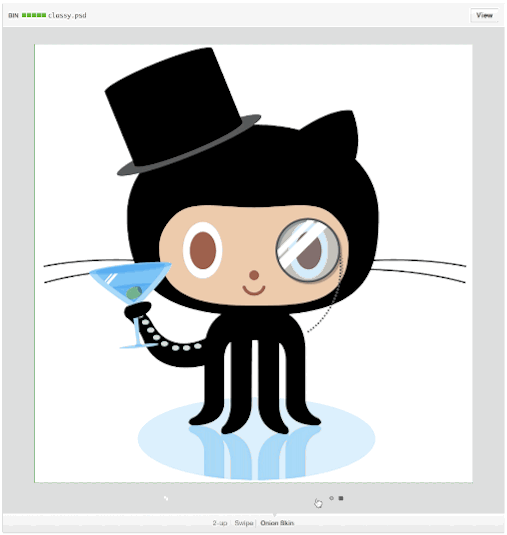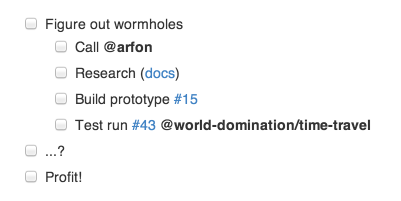We've upgraded GitHub Pages to support the latest version of Jekyll, the open source static site generator. Whether you're a new user or a savvy veteran, here are a few features that might help make publishing your next site a bit easier:
Native Sass & CoffeeScript support - Simply commit a
.coffee,.sassor.scssfile to your site's repository, and GitHub Pages will transparently output JavaScript or CSS when your site is published.Kramdown as the default Markdown engine - In addition to better error handling, Kramdown supports MathJax, fenced code blocks, nested lists, tables, and much more.
Collections - With collections, Jekyll is no longer limited to just posts and pages—it can now publish all kinds of different documents, such as code methods, team members, or your favorite open source projects.
JSON data -
.jsonfiles in the_datadirectory now get read in and are exposed to Liquid templates as thesite.datanamespace (along with.ymlfiles).
Under the hood there's also some great time savers such as front-matter defaults, the where and group_by filters, and a new starter site. Check out the full list of 300+ changes and new features added to Jekyll since version 1.5.1.
If you use Jekyll locally, simply run gem update github-pages, or follow these instructions to update your local build environment to the latest version.
Happy publishing!
